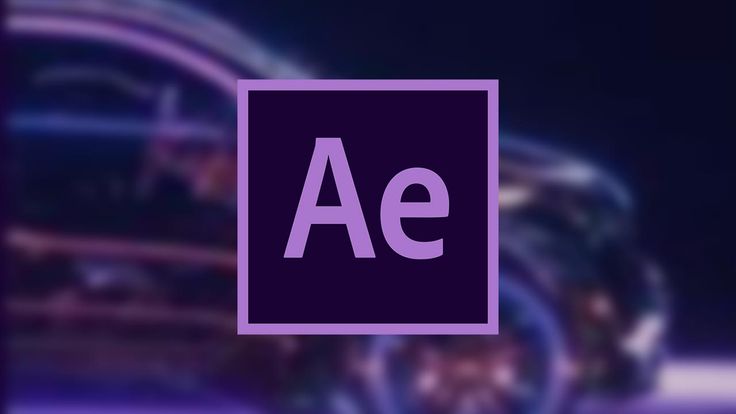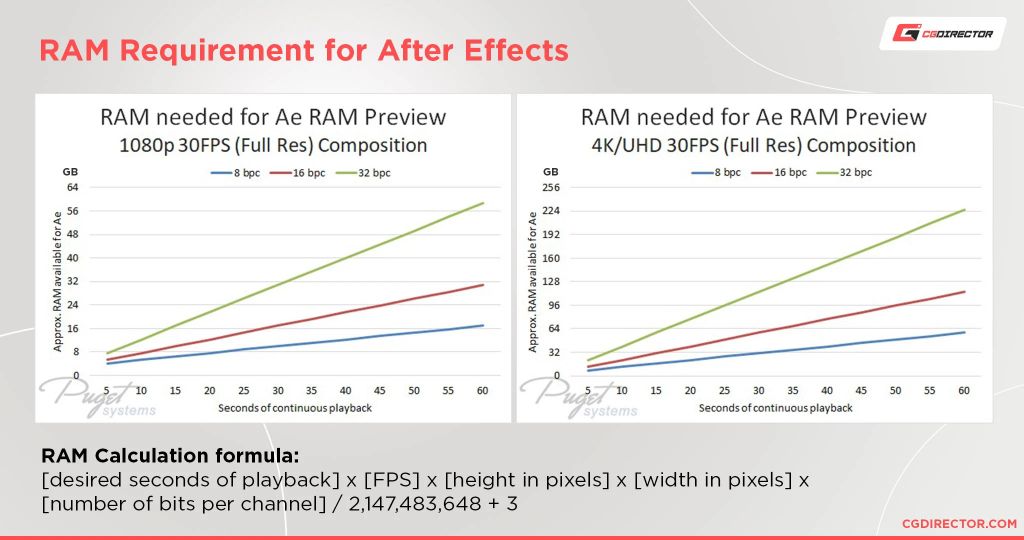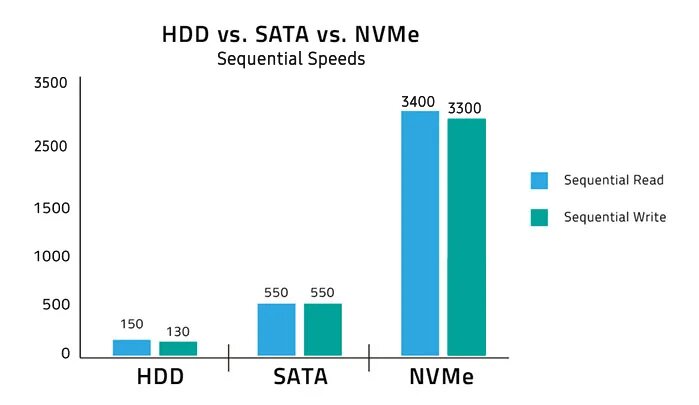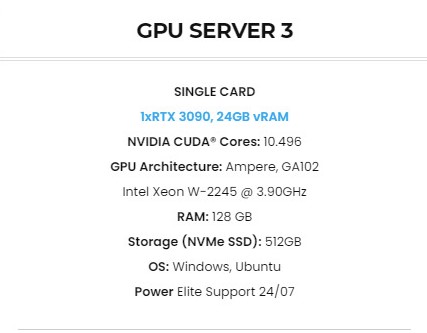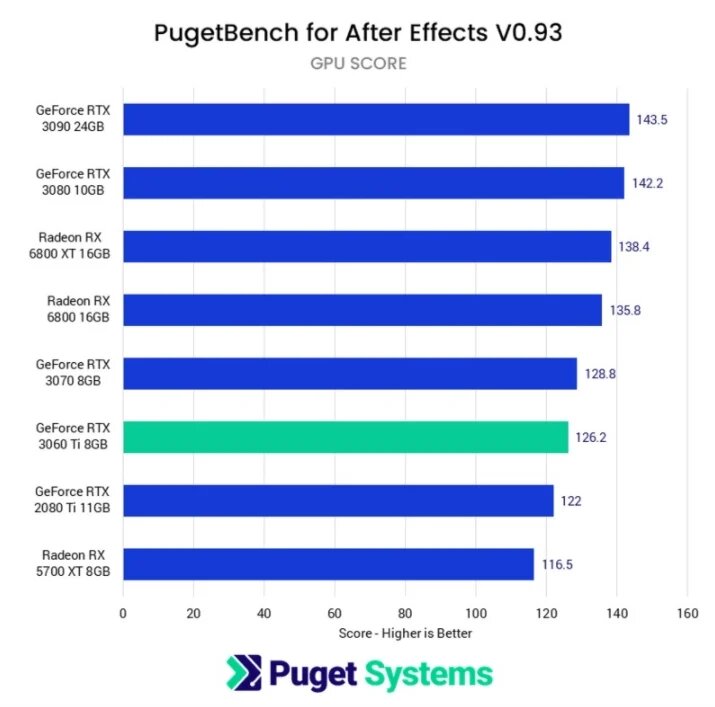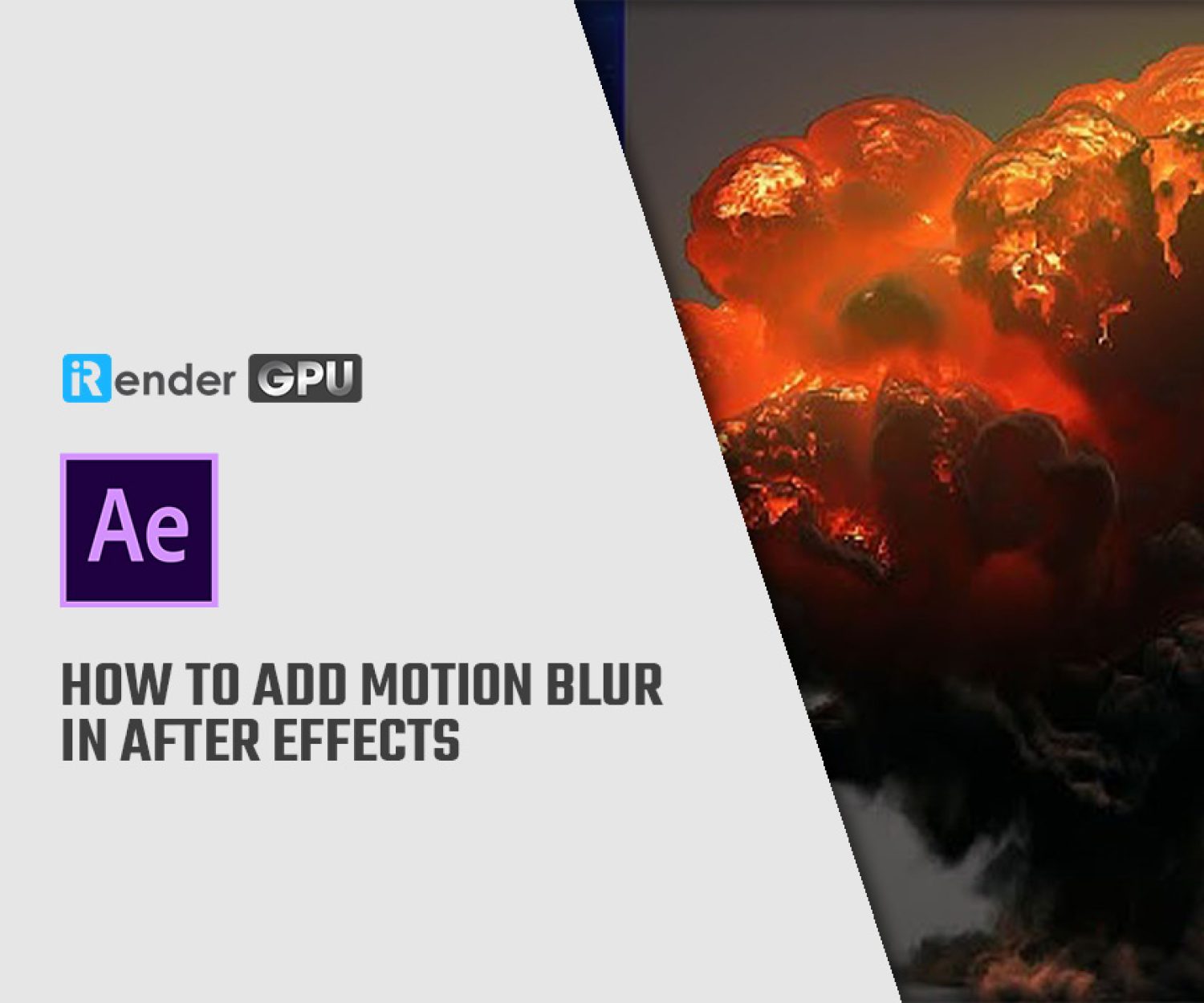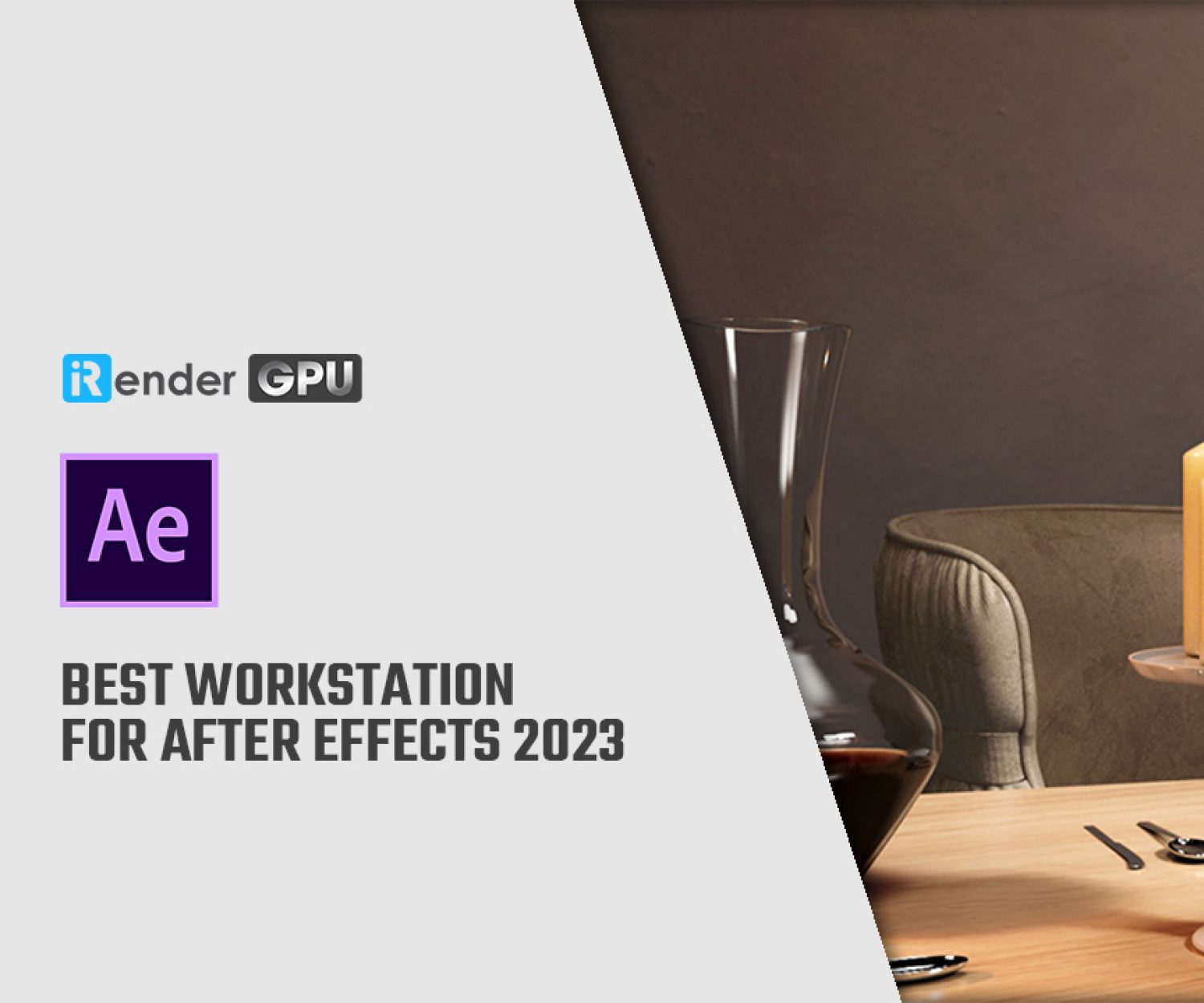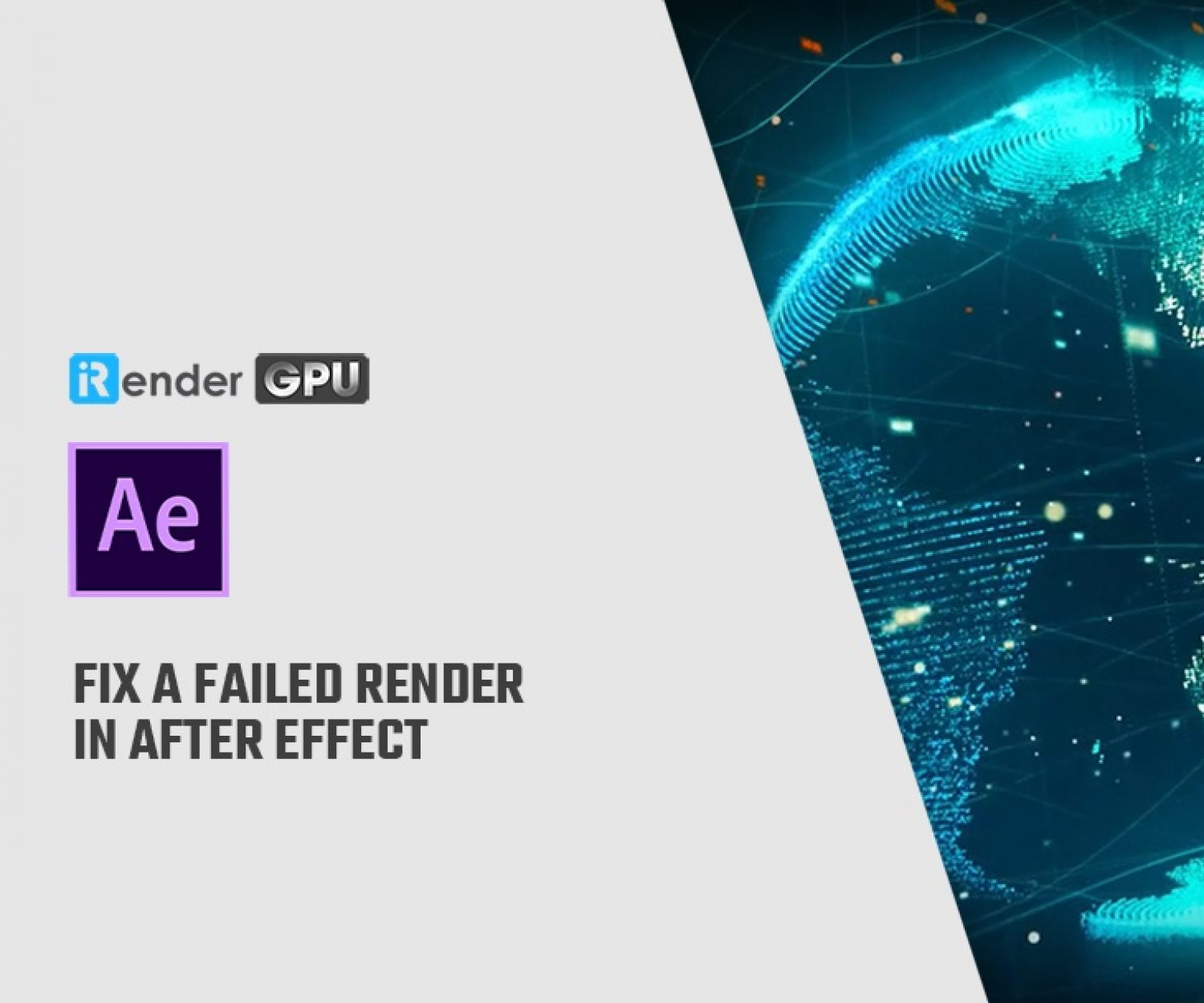The best After Effects cloud rendering
Adobe After Effects is the industry-standard motion graphics and visual effects software. It requires some factors when building a workstation, so that it can serve a huge workload of post-production videos. In this article, we will dive into some recommendations for hardware, and suggest you a server package at iRender which helps you to render your After Effects project.
Recommended Hardware for After Effects rendering
1. Processor (CPU)
After Effects, like Premiere Pro, will benefit from CPU clock speeds of 3.2 GHz or higher. For After Effects 22.0 and later, an 8 or 12-core CPU is a good starting point. For demanding workflows, 32-cores take full advantage of Multi-Frame Rendering.
If you use it for activate working like animating, creating, editing, etc, then the best choice for an After Effects processor is maximum single Core-Clock CPU. Because having high Core-Clocks will make your Computer or Laptop much more responsive and snappy.
However, what we talk about here is passive working such as Rendering work. And In this case, you will need more Cores in your CPU than when also doing active work.
This means the more cores you have and the higher those cores are clocked, the better.
2. Memory (RAM)
RAM is never enough when you use After Effects.
The amount of RAM you will need depends a lot on what type of projects you are working on, what other programs you have opened at the same time, and what kind of Plugins you are using.
Adobe recommends starting with 64GB of RAM. It’s for serious After Effects use, if your projects are in FullHD or above and you’re working in 16 or 32Bit Color Dept. Especially if your Footage consists of multiLayer EXRs or similar heavy footage
If you are using After Effects for lower-res projects like 1280×720 and 8Bit Color and your timeline isn’t too complex or long, 16GB of RAM is okay.
3. Graphics card (GPU)
Most After Effects workloads rely much more on CPU Performance than on GPU Performance.
However now, Adobe has developed many effects and plug-ins using GPU (Such as NeatVideo Denoise), that they even recommend a GPU with at least 8GB of VRAM.
The most important feature in a GPU for After Effects are the number of Compute Units / Stream Processors (on AMD Cards) or CUDA Cores (on Nvidia’s GPUs) since After Effects can make use of these in 3D viewport rendering, as well as in speeding up some effects-calculations that might be applied to your footage.
If you use After Effects for Raytracing Engine or specific Effects that make use of GPU-acceleration, then a good graphics card will greatly increase your performance.
4. Hard Drive (HDD/ SSD)
Most work in After Effects involves footage, and you will need fast storage for high-res footage and high bit-depth. MultiLayer, 32Bit EXRs, or RED Files are just some examples of typical footage that you use in After Effects.
You’ll greatly benefit from having a high-end storage device to make previews and rendering as fast as possible. Adobe recommends SSD or NVMe flash memory drives. It’s highly recommended for Footage, Cache and Software Drives.
You can see how superior an NVMe SSD is to HDDs or traditional SATA SSDs in the chart above. Of course, this is sequential performance, but random read / write and higher queue-depths too are faster on NVMe Drives.
iRender - Cloud rendering for After Effects
iRender provides you high performance and configurable server system for 3D rendering, AI Training, VR & AR, simulation, etc. We believe that design and creative activities are private and personal that only you artists will know what you want with your animation. That’s the reason why we provide a remote server so that you can install any software you need, and do whatever you like with your project.
You will only need to install your software for the first time, and next time you connect to the computer everything is ready for use.
Let’s see if our server 3 can meet your After Effects‘ project demands.
1. Regarding CPU: With 3.9GHz from Intel Xeon W-2245 processor of our server 3 (RTX 3090), it’s a relatively reliable choice for After Effects users.
2. Regarding RAM: iRender’s package 3 offers you up to 128GB RAM. Now you will no longer be afraid of insufficiency. You can easily work with your project in high-res, as well as other programs at the same time and still be sure that you have enough system RAM available.
3. Regarding GPU: You can refer to image here for the performance of a series of graphic cards. RTX 3090 comes first with 143.5 scores, showing that it’s the best choice compared to others. RTX 3080 is not so different in the score, showing it’s a nice alternative.
However, the minimum VRAM that Adobe recommends is 8GB. Compared to 10GB VRAM of RTX 3080, our server 3 (single 3090) has 24GB VRAM, making it a rather good choice over RTX3080.
4. Regarding hard disk space: There are three main types of drives you might use for a video editing workstation: SSD, NVMe, and the traditional platter drive. Of these three, traditional platter drives are the slowest compared to SSD or NVMe drives.
iRender provides you with storage (NVMe SSD) up to 512GB to help you work several times faster.
5. Regarding large (or huge) files of After Effects: normally, an After Effects project could be from hundreds of GB to several TB, making you feel tired when transferring your files. iRender offers a powerful and free file transfer tool: Gpuhub Sync. With fast file transfer speed, large data capacity, and completely free. You can transfer all the necessary data into our Gpuhub Sync tool at any time without connecting to the server. The data will be automatically synchronized in the Z drive inside the server, ready for you to use.
6. Regarding price: we all know that this is what you are concerned about the most. The hourly rental for package RTX x 3090 is 3.8$/h. But you can always save from 10% to 20% with our Fixed Rental feature. For those who are need of a server for more than a day, or an extremely large project, we advise choosing a daily/ weekly/monthly rental package. The discount is attractive (up to 10% for daily packages, 20% on weekly and monthly packages), and you don’t have to worry about over-charging if you forget to shut down the server.
7. Real human 24/7 support service, helping you to handle the problem quickly, effectively, saving you both time and money.
8. Render farm supports Single card: As we mentioned above, when you use iRender – render farm, you can free your computer during the hardest and most arduous part – rendering. That is also the reason that Render Farm service is becoming more and more popular and essential. However, as far as we know, iRender is proud to be one of the very few render farms that support After Effects.
With the above advantages and the machine configuration package that iRender has just released, we believe that After Effects users will have the most comfortable, quickest, and most effective rendering time.
Register an account today to experience our service. Or contact us via WhatsApp: (+84) 916806116 for advice and support.
Thank you & Happy Rendering!
Source: adobe.com, cgdirector.com
Related Posts
The latest creative news from After Effects Cloud rendering, Lumion Cloud rendering, Premiere Pro Cloud Rendering , Twinmotion Cloud Rendering , 3D VFX Plugins & Cloud Rendering.

